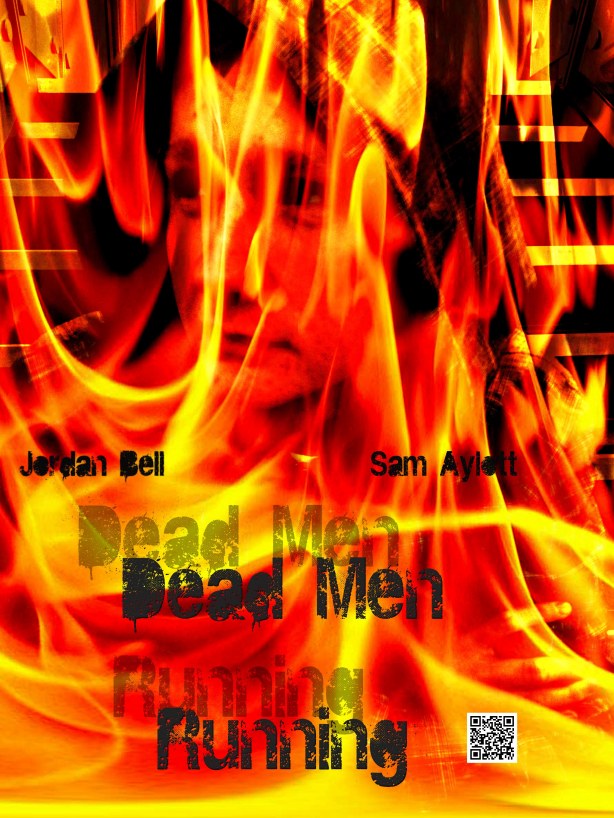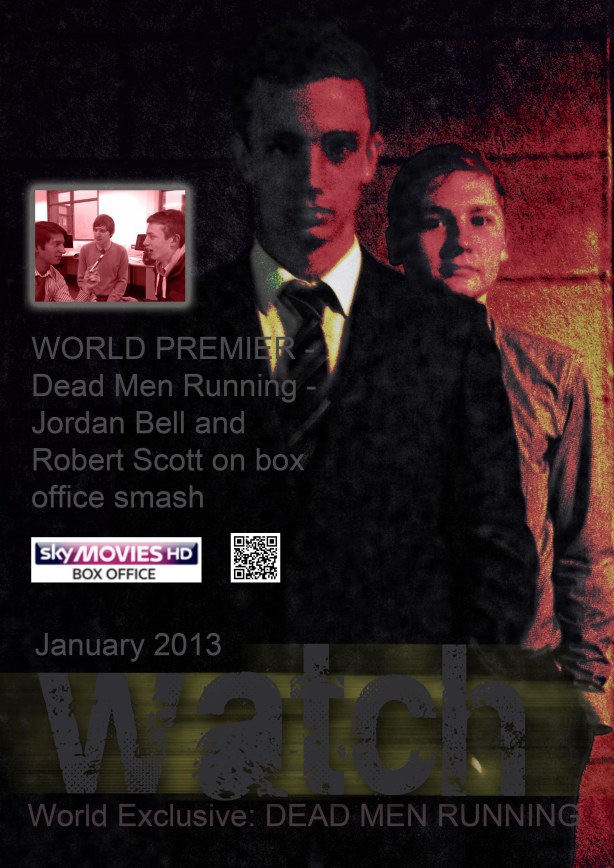In this essay I am going to talk about how global media has impacted media audiences throughout the world. As he media industry as a whole moves from targeting the culture within which it was produced to targeting global audiences and cultures, I am going to talk about how his has an impact on different audiences.
Firstly, the increase in global media means that smaller communities within less economically developed countries outside of Europe are exposed to Western ideals and aspects of Western culture. An example of this is the way in which British TV show ‘Pop Idol’ originally started in Britain but, following its success, became present on TV channels across the globe, mainly Slovakia, Greece, The Philippines and the Arab Emirates. This offers foreign audiences an alternative to traditional cultures and norms expressed within their own country by exposing then to British music for instance. However, whilst this can be seen as a positive effect I global media, it means that local cultures and traditions may become dilutes and cultural identity may become unclear.
The globalisation of the news, especially via the Internet now also means that media audiences are able to instantly access news about affairs within foreign countries which they may feel strongly about, for example politics, in Britain during the time Gadaffi was in power within Syria, there was a number of protests calling for him to be removed from power. This can cause social unrest within media audiences and society as a whole.
On the other hand, global media has allowed British audiences to get otherwise difficult access to other cultures, for example, the Bollywood film genre has allowed British audiences to get a deeper understanding of of foreign cultures mainly, the Muslim culture, this may also help to counteract the negative effects of ‘islamaphobia’ which currently exists within British society. However, again this runs the risk of again, diluting an already vaguely defined British culture.
The globalisation of news corporations such as Murdoch’s ‘News Corp’ means that western audiences are now instantly made aware if crises within developing countries, increasing the chance of foreign audiences donating money to help. A recent example of this is the collapse if the primark factory in Bangladesh where within seconds, British audiences were being urged to donate money. Lastly, the increase in global media has transformed passive British audiences to.active audiences as anyone around the world is now able to publish their own news stories through social media or.e-mailing their stories directly to news companies such as ‘The Sun’.
In conclusion, the most significant impact which global media has had on media audiences is that it has created a ‘global community’. Benedict Anderson puts forward the idea that global media has created ‘imagined communities where people who other wise may have nothing in common from the other side of the world share the same online experiences, interests and values, giving them a sense of community.







